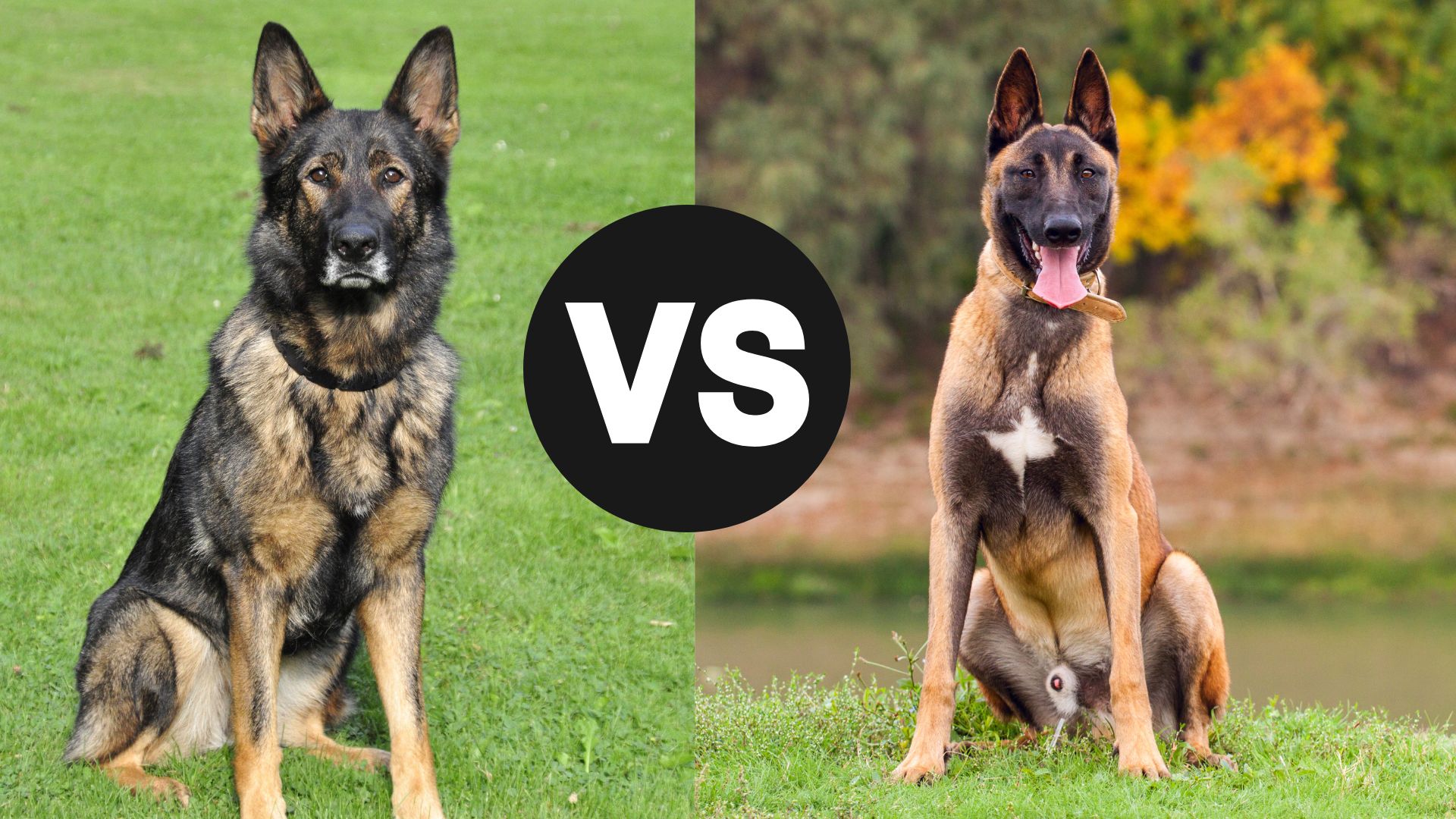Who hasn’t heard of the ever-popular German Shepherd? It’s one of the most wanted dog breeds in the United States! But there’s another breed that often gets mixed up with it—the Belgian Malinois.
Because they share similar herding backgrounds, coat colors, and builds, it’s easy to see why people confuse them. But look a little closer, and you’ll find they have plenty of differences too.
If you’re torn between choosing a German Shepherd or a Belgian Malinois, this guide is here to help. We’ll break down their origins, looks, personalities, temperaments, and more to help you decide which breed is the perfect fit for you.
German Shepherd vs. Belgian Malinois
Origins and Breed History
If we trace back to the history and origin of both breeds, the Belgian Malinois originated in Belgium, whereas the German Shepherd dog originated in Germany.
Origin and Breed History of Belgian Malinois

The Malinois is part of the Belgian Shepherd family, originally bred in the 1800s as hardworking herding dogs. Professor Adolphe Reul was the first to identify this breed, describing them as dogs with compact bodies, dark brown eyes, and triangular ears. By the early 1900s, their role shifted from herding to working as police dogs, and in 1959, the Malinois was officially recognized as its own distinct breed.
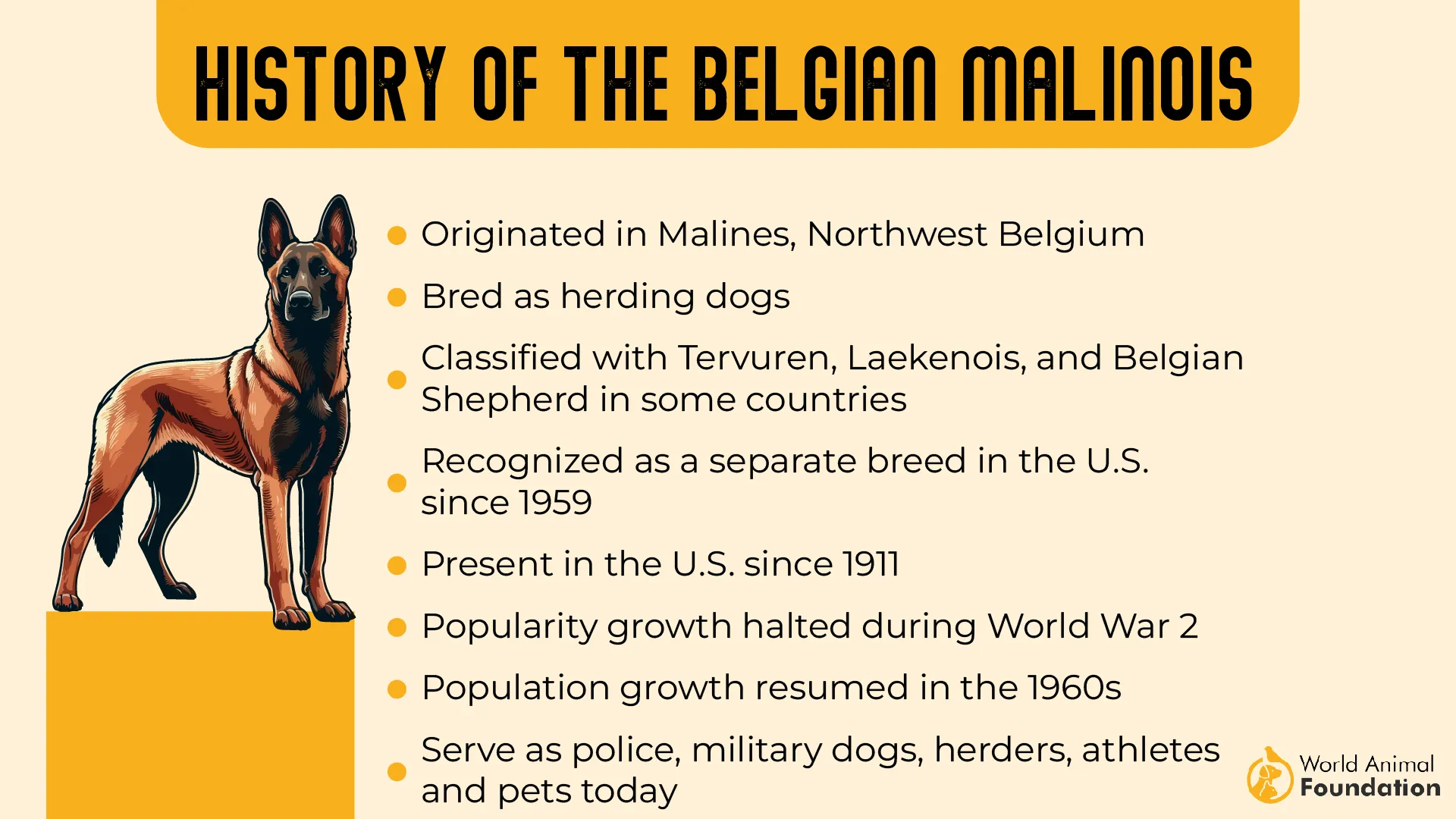
Origin and Breed History of the German Shepherd
The German Shepherd’s story also begins in the 1800s, thanks to Captain Max von Stephanitz, who aimed to create the ideal dog — smart, obedient, and agile. His search ended in 1899 when he found the perfect dog at a show and registered it as the first German Shepherd in the German Shepherd Dog Club, which he founded. While the breed was originally developed for herding, it quickly became famous for its role as a military dog.
Physical Characteristics: Size and Coat Color
German Shepherd and Belgian Malinois, both breeds, look highly alike and often confuse people. However, when looked at closely, differences can be seen. Let’s look at the size and coat color differences between the two breeds:
Size:
If we compare both German Shepherds and Belgian Malinois in terms of size, the German Shepherd dog is larger in size. The table below contains all the information on the height and weight of the dogs of both breeds:
|
Dog Breeds |
Height |
Weight | ||
|
Males |
Female |
Males |
Female | |
|
Belgian Malinois |
24-26 inches |
22-24 inches |
55-75 pounds |
40-60 pounds |
|
German Shepherd |
24-26 inches |
22-24 inches |
65-90 pounds |
5-70 pounds |
Coat:
Both German Shepherds and Belgian Malinois have double coats, but their textures differ. German Shepherds have a dense coat that ranges from medium to long in length. Their outer coat is rough, straight, and thick, while the undercoat is soft. They’re famous for their classic black and tan or black and silver colors.
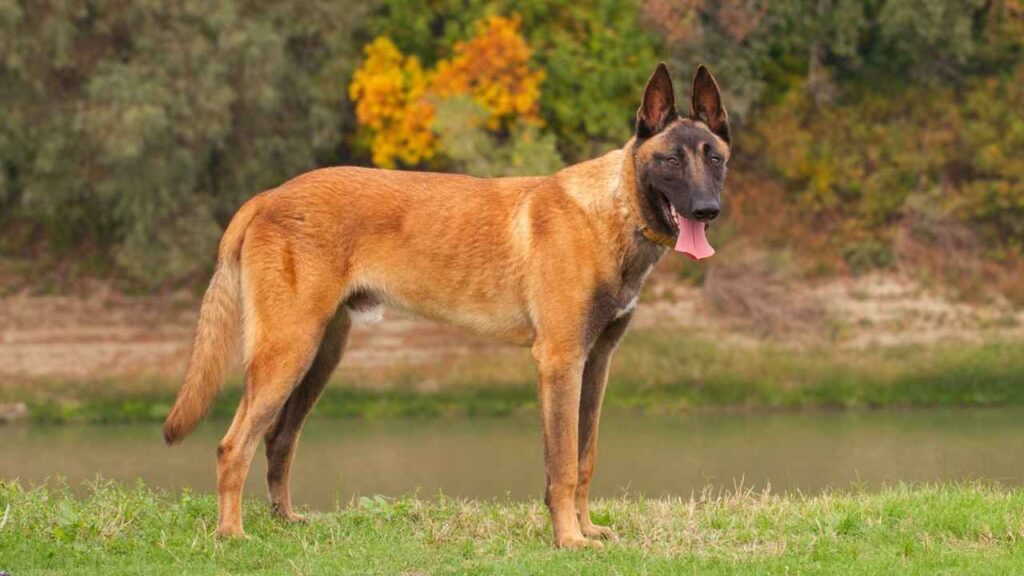
Belgian Malinois, on the other hand, have a thicker undercoat that’s slightly lighter in tan compared to the German Shepherd. They’re usually fawn-colored with distinct black markings, especially on their face and ears. Both breeds shed, but Malinois tend to shed a bit less than German Shepherds.
Temperament and Energy Levels
As these two breeds originated as herding breeds, they share similar personality traits with a slight difference in energy levels, aloofness, and affection. So, let’s get into how one breed differs from the other when it comes to temperament and energy levels.
Temperament:
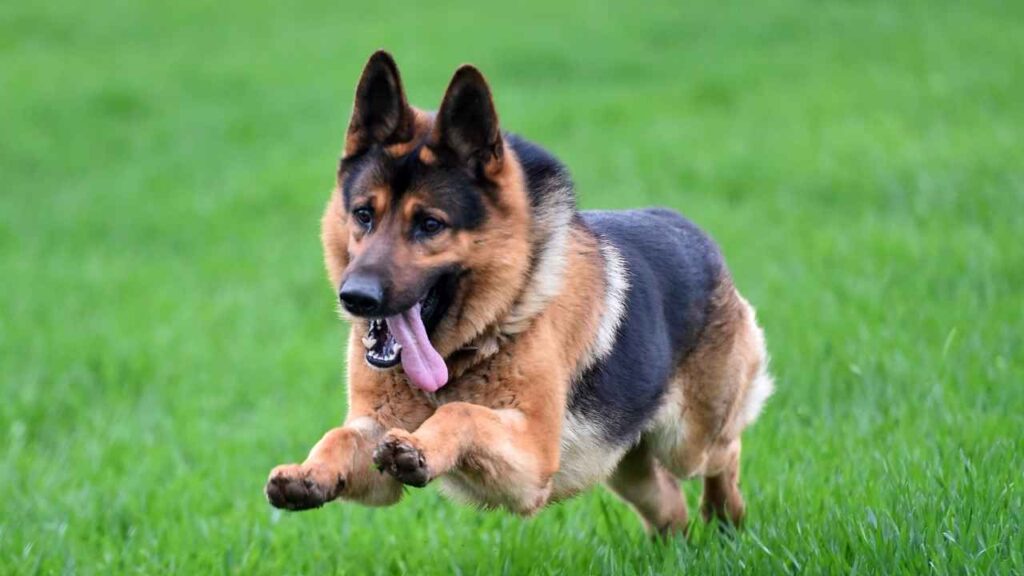
Although both breeds are highly intelligent and loyal, their temperaments have some key differences. Belgian Malinois tend to form a strong bond with one person rather than the whole family, and their high prey drive makes them less suited for homes with multiple pets. They are also more aloof with strangers, using this wariness to protect their owners.
In contrast, German Shepherds are more family-oriented and enjoy bonding with all members of the household. Their gentle nature makes them excellent companions, and their protective instincts turn them into reliable watchdogs. While they can be cautious around strangers, they are generally less reserved than Malinois.
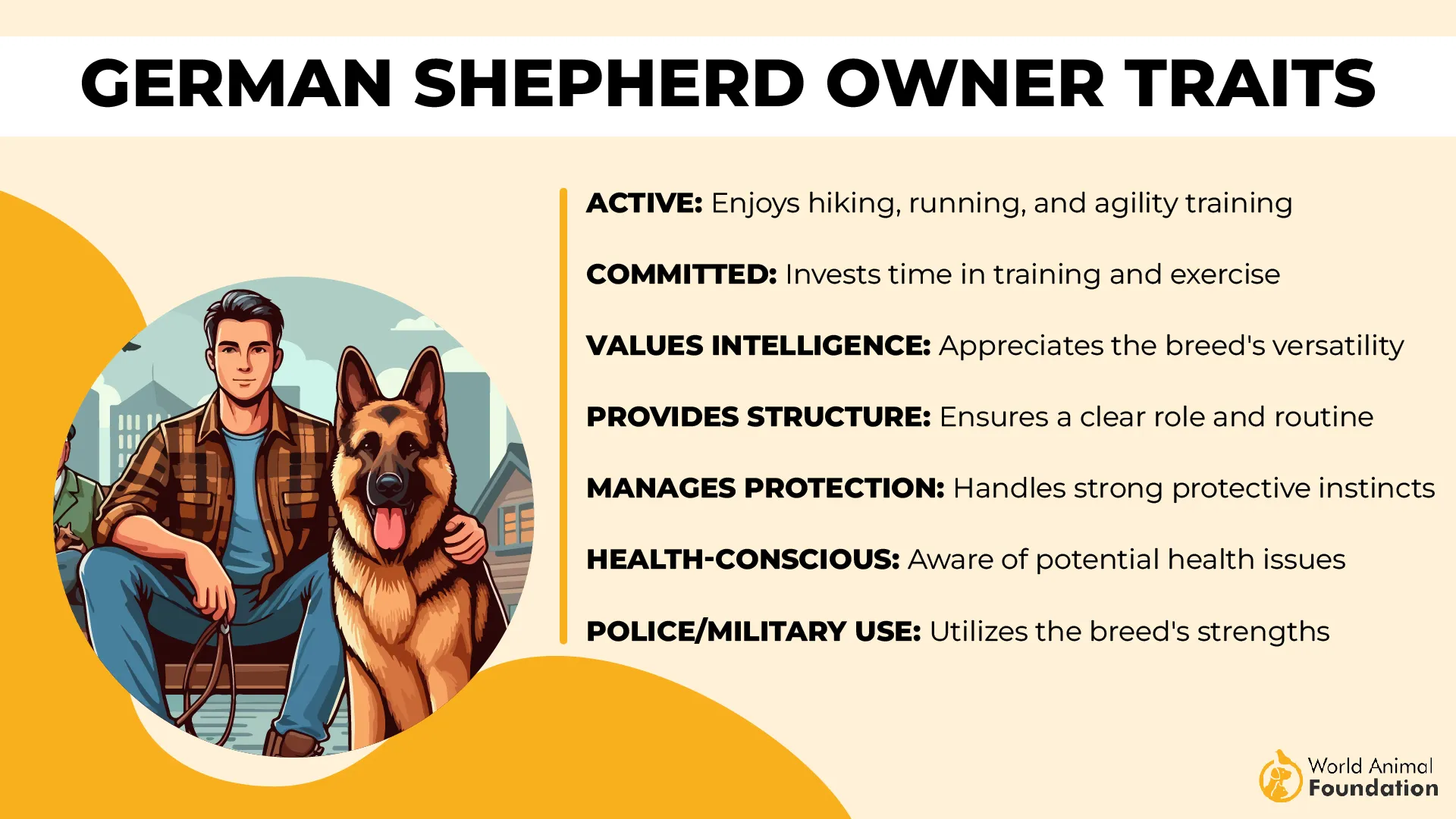
Energy Levels
According to PetMD, the Belgian Malinois is hyperactive and they always want to be engaged in some activity. It’s not like Shepherds aren’t active, but their energy levels are a bit less than Malinois. If we compare both popular breeds, the exercise needs of the Belgian Malinois are higher.
They require regular exercise, including walking, running, and other activities for atleast 1 to 2 hours along with mental stimulation.
Shared Herding Background
The most common point between these two breeds is their shared herding background. Around two centuries back, both of them were used for herding livestock. Their primary roles include gathering, guarding, and herding sheep and other animals.
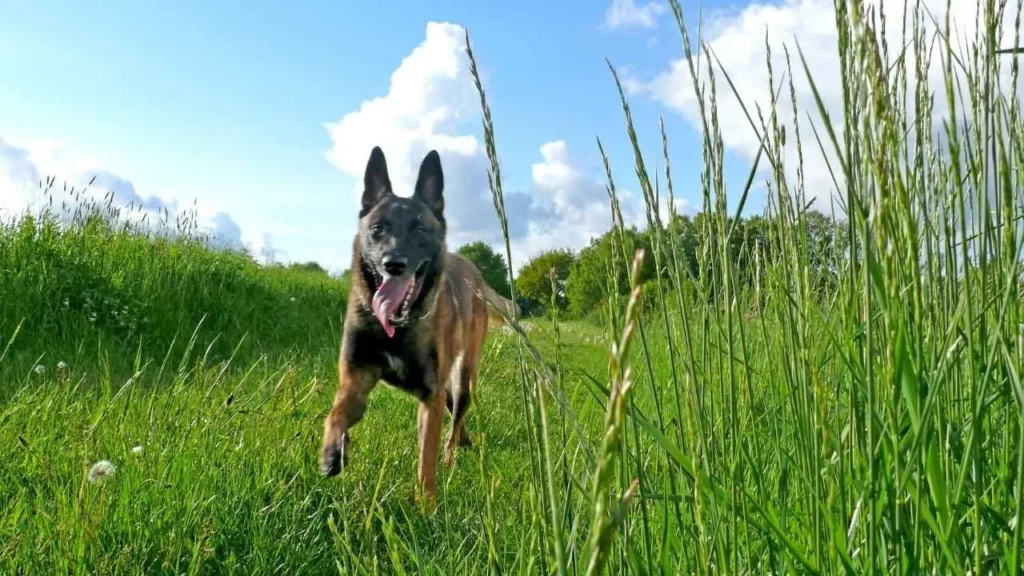
However, the decline in agricultural trends, their roles from herding dogs to police dogs shifted. Since then, both the breeds are widely used in variety of military operations such as scent work, drugs detection, and search and rescue missions.
Key Differences in Physical Attributes
The key differences in the physical characteristics of German Shepherd and Belgian Malinois are comprehensively listed in the table below:
|
S. no. |
Physical Attributes |
German Shepherd |
Belgian Malinois |
|
|
Body |
Muscular, athletic physique |
Lean |
|
|
Ears |
Larger with pointed tips |
Smaller and triangular in shape |
|
|
Tail |
Fluffy and poofy tail |
Long, angled tail with a curve on the upper side |
|
|
Color |
Solid black, white, fawn |
Uniform fawn with tan to red coat and a black mask |
|
|
Eye Color |
Brown |
Dark Brown |
|
|
Hair Length |
Long |
Short |
|
|
Life Span |
7-10 years |
14-16 years |
Similarities in Personality and Behavior
Belgian Malinois and German Shepherd share lots of similar personality traits and behavior patterns that often confuse people. Let’s have a quick look at them:
As Belgian Malinois and German Shepherd, both are energetic dog breeds, they need lots of exercise and activities. One can engage them in dog sports as it engages them physically and mentally.
Both breeds are really confident and possess high intelligence levels.
Malinois and Shephards are also loyal to their families but they don’t mix well with the strangers due to which early socialization is necessary.
With the right training, Belgian Malinois and German Shepherd can be great family dog and working dog as well.
Both, German Shepherd dog and the Belgian Malinois may have hip and elbow dysplasia. For this reason, routine evaluations are necessary.
Belgian Malinois vs. German Shepherd: Final Comparison
If we talk about the popularity, German Shepherd dog is leading the board but a huge jump can also be seen in the popularity of Belgian Malinois as well. They have climbed from the 76th rank to the 43rd in the list of most famous dog breeds.
The key difference lies in the size of Malinois and Shepherds. GSD is larger in size as compared to the Malinois, with a slow shedding rate. Along with that, there’s a slight difference in the nature of both dog breeds that can assist you in deciding which one to choose.
If you are someone who’s looking for a family dog that’s affectionate towards all the family members, a GSD is the dog breed you should consider. However, if you are up for a working dog with high energy levels, Belgian Malinois is the one.
Conclusion
Despite having a lot of distinct differences, both are popular dog breeds that can be your great furry companion. With the right amount of care, training, and socialization, you may have an extraordinary, unbreakable bond with both of these beloved breeds.


